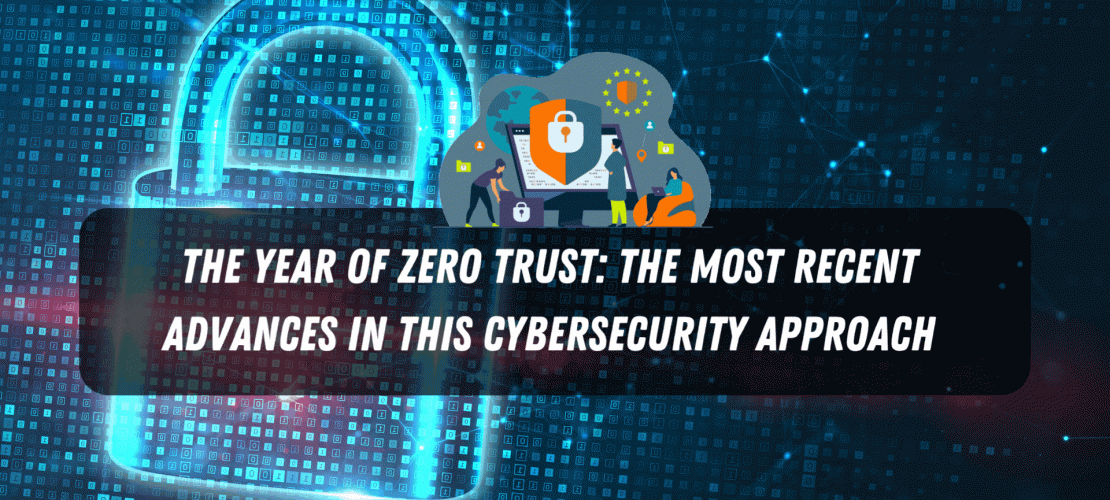In the swiftly evolving landscape of cybersecurity, one approach has quickly risen to prominence – the Zero Trust model. In a world where cyber threats are increasingly sophisticated and pervasive, this model’s inherent skepticism forms the basis of a robust and effective security strategy. This year, widely regarded as “The Year of Zero Trust,” has seen numerous advances in this cybersecurity approach, enhancing its capabilities and pushing its adoption across industries. In this blog, we explore the most recent progressions in the Zero Trust model.
Understanding Zero Trust
The Zero Trust model is a security concept centered on the belief that organizations should not automatically trust anything inside or outside its perimeters. Instead, everything attempting to connect to its systems must be verified before granting access. This approach minimizes the chances of an internal or external cyber attack.
Recent Advances in Zero Trust
As we navigate through “The Year of Zero Trust,” let’s examine some of the key advancements:
- Micro-segmentation: Micro-segmentation involves dividing a network into multiple secure zones. Each zone requires its own set of permissions, reducing the potential attack surface. The increased adoption of micro-segmentation has been a major advancement in the Zero Trust model, offering finer control over who can access what within a network.
- Multi-Factor Authentication (MFA): MFA is a method of control in which a user is granted access only after providing two or more pieces of evidence to an authentication mechanism. The increasing sophistication and application of MFA techniques have improved the ability of the Zero Trust model to effectively verify identities.
- AI and Machine Learning: The integration of AI and machine learning has significantly enhanced the Zero Trust model. These technologies can detect unusual behavior, assess risk levels, and automate responses, helping to enforce Zero Trust principles more efficiently.
- Risk-based Authentication: Risk-based authentication, which adjusts authentication requirements based on the user’s risk profile and behavior, has seen significant advances. This dynamic approach aligns well with the principles of Zero Trust, making access control more adaptable and robust.
- Zero Trust Network Access (ZTNA): ZTNA solutions, also known as the “software-defined perimeter,” have evolved dramatically. They allow organizations to provide more secure remote access to their resources, a significant step forward for Zero Trust, especially in a world that increasingly embraces remote work.
Impact and Implementation of Zero Trust
The advancements in Zero Trust are reshaping the way organizations approach cybersecurity. The increasing complexity and volume of cyber threats make it imperative to adopt a security model that assumes breaches can happen from anywhere and anyone. The adoption of Zero Trust can lead to:
- Improved Security Posture: By treating every access attempt as potentially harmful, organizations can significantly enhance their overall security posture.
- Enhanced Compliance: Zero Trust can help organizations comply with data protection regulations as it offers better control over who can access sensitive data and under what circumstances.
- Reduced Data Breaches: By limiting access to the ‘need-to-know’ basis, Zero Trust can help minimize the damage caused by data breaches.
The Future of Zero Trust
Given the pace of its advancement and adoption, the Zero Trust model’s future seems promising. As technologies like AI and machine learning continue to evolve, their integration within the Zero Trust framework will become even more seamless, making it an increasingly effective solution for cybersecurity.
In conclusion, “The Year of Zero Trust” has brought significant advancements in the Zero Trust cybersecurity approach, enhancing its capabilities and effectiveness. These developments not only underline the importance of this model in today’s digital era but also indicate that the era of Zero Trust is just beginning.




